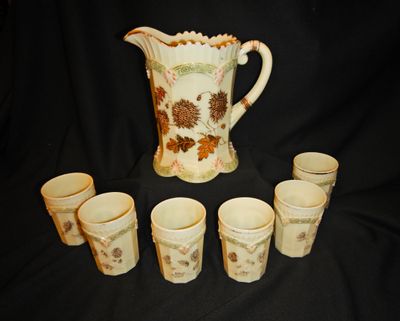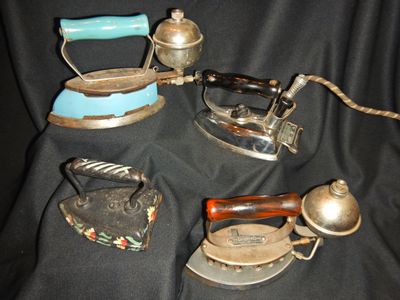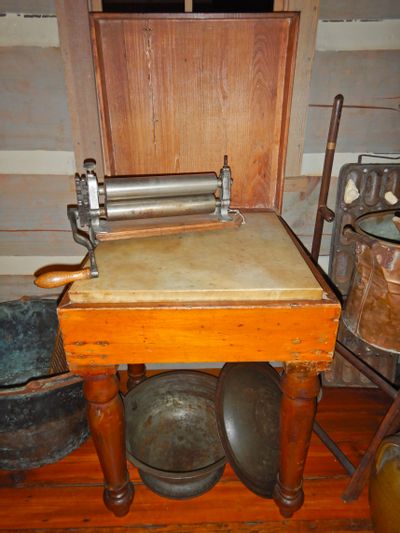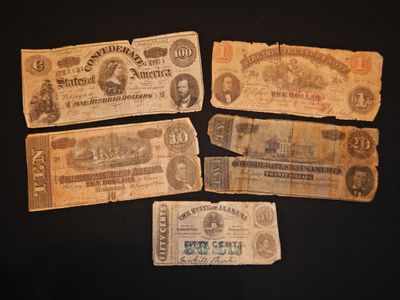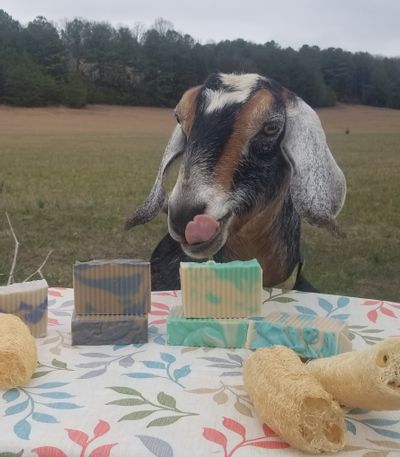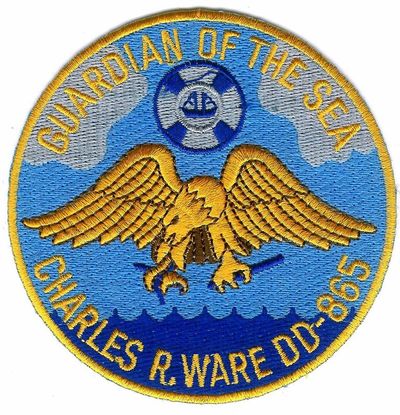Stitches in History: A Pre-Civil War Quilt
Last Updated 1/11/2024
By Jubilee P. Reid
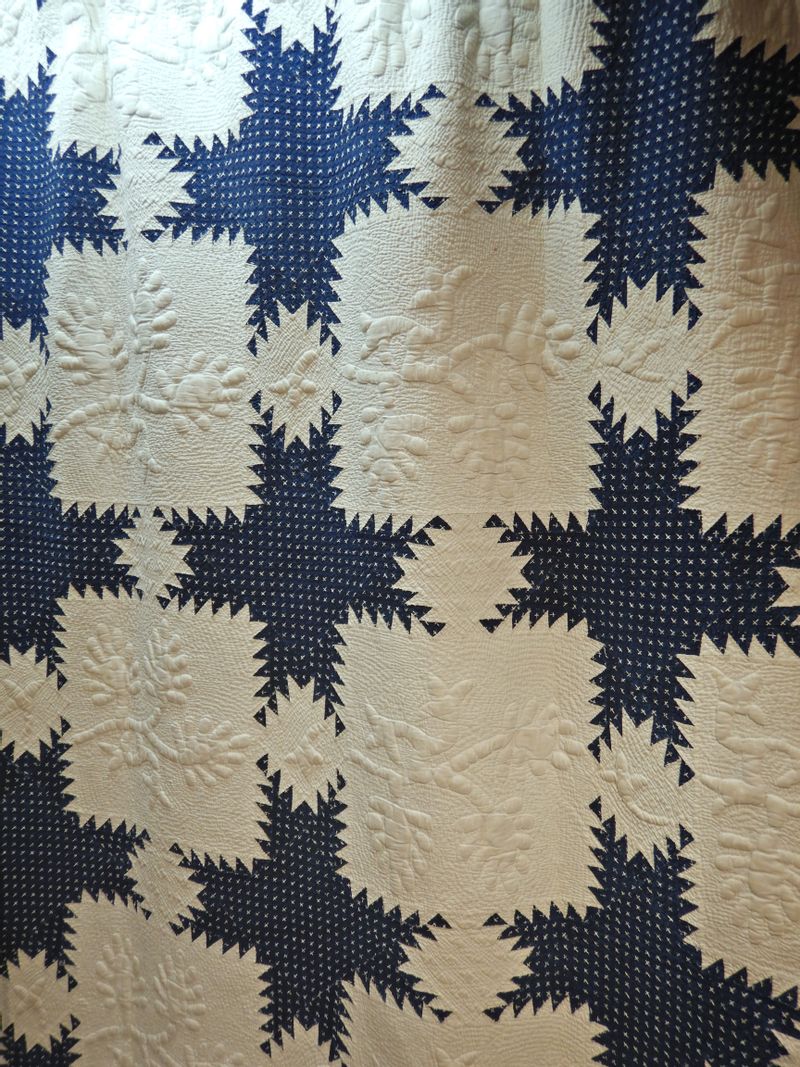
Original Publish Date: August 26, 2023
Currently on display in the McMinn County Living Heritage Museum’s Guild Room is a remarkable blue and white quilt. The bright colors of this incredible piece of art hardly reveal the fact that it was made nearly two centuries ago.
This quilt was made around 1840 by Sarah Ross Wilson (Nov. 30, 1822 – Feb. 15, 1851). Sarah was the daughter of Margaret Anderson and Nathaniel Green Ross, Sr., a McMinn County hat maker. Born in Bradley County, Sarah moved with her family to the Wilson Farm around 1840 where she met and married the owner, Alexander Harvey Wilson on July 3, 1840. The Ross and Wilson families had many connections to the Cherokees; they were distant relatives of Principal Chief John Ross, and Nathaniel Ross was involved in the 1838 removal. Alexander Wilson’s first wife, Jane Swan, was of Cherokee descent and family tradition states that the Cherokees held meetings at the stream behind their house and played stickball in the nearby field. The house, which still stands in present-day Cleveland, was built around 1826 and was where Sarah made the quilt. Sarah had several children before her death in 1851 at the age of 28. The Wilson-Erwin House, as it is now named, was designated part of the Trail of Tears National Historic Trail in 2019. Family legend includes stories of General William T. Sherman stopping at the house and “borrowing” quilts which he later returned. Sherman encamped in the Blue Springs Valley, less than ten miles from the Wilson’s home, between October 1863 and April 1865. Perhaps this quilt was among those he took, but that is a story lost in history.
This quilt was donated to the museum in 1989 by Sarah’s great-grandson’s wife, Gladys Moore Galloway. It is featured on the cover of Stories Among the Threads, a book written by Suzanne Hill McDowell and Mary McFee Alton about select quilts from the museum’s collection.

One of the finest in the museum’s collection, this quilt is a feathered star block pattern, 90 inches long by 77.25 inches wide with rounded corners. It is comprised of twenty 13-inch square blocks separated by 5.5-inch sashing and has multiple partial blocks along the top and left sides. The stars are made from a dark blue cotton that has rows of small, white crosshatch marks on it. This is likely indigo dyed resist cloth which is a method of dyeing resulting in blue and white patterned fabric. The rest of the quilt, including the three pieces of backing, is a whitish cream color cotton. The hand quilting is done with tiny stitches and is a combination of decorative floral motifs and stipple quilting on the white fabric and parallel lines spaced 0.25 inches apart in the stars. Sarah purposefully matched her thread to the color of the fabric on which she was quilting. The quilt blocks were likely referred to by a different name at the time they were constructed; the name “feathered star” appears to have originated later in the 19th century.
This quilt is embellished using a technique called “trapunto” or “stuffed work.” Trapunto is a method of quilting where extra batting is added to specific areas to make them stand out. This technique originated in Sicily in the 14th century and was brought to the Americas with the colonists where it remained popular until the Civil War. Due to the time-consuming nature of this method, it was reserved for special quilts, not “everyday utility quilts.”
One particularly significant aspect of this antique quilt is that Sarah stitched the outline of her left handprint with trapunto in the lower right corner. This highly unusual “signature” adds to the historical value of this quilt. With thousands of hand stitches, complex quilting techniques, and the use of only two fabrics instead of many scraps, this astounding quilt was meant to be a showpiece. Perhaps Sarah made it for a particular life event such as her wedding. Though many of the details of this quilt’s past are lost, it endures as a silent witness to over 180 years of history, a legacy of the short life of an early resident of Southeast Tennessee.



